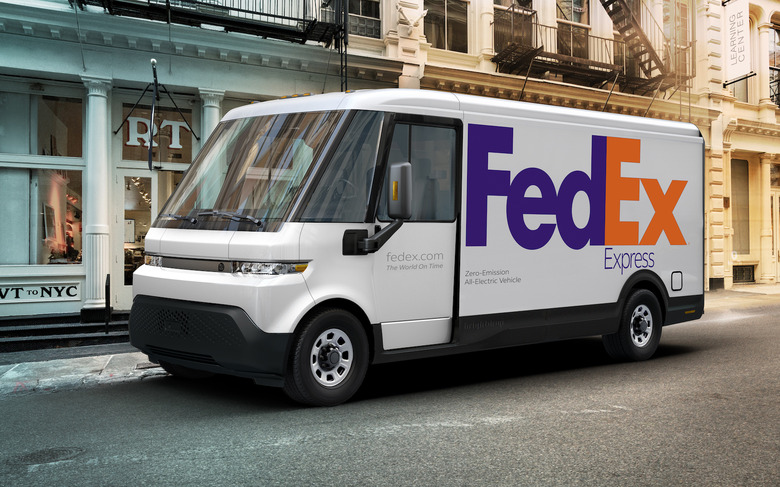Biden EV plan "the largest mobilization of public investment" since WW2
The US government plans to replace its fleet of vehicles with electric alternatives, part of a huge public investment in equipment that President Biden says will be the largest since World War II. The goal was announced today, as Biden discussed the Buy American Executive Order and strategies to strengthen American manufacturing and create jobs in the US.
"The federal government also owns an enormous fleet of vehicles," Biden said during the press conference, "which we're going to replace with clean electric vehicles made right here in America, creating millions of jobs, a million autoworker jobs, and clean energy, and vehicles that are net-zero emissions. And together this will be the largest mobilization of public investment in procurement, infrastructure, and R&D since World War II."
Certainly, there's no shortage of vehicles being used across the government's various departments. Each year, those departments are required to submit records on owned, leased, and commercially leased vehicles in their fleets. For 2019, civilian agencies owned more than 158,000 vehicles, while military agencies owned more than 62,000 vehicles.
The biggest fleet, however, is used by the US Postal Service. In the 2019 figures, it reported owning more than 224,000 vehicles. Tallied across all the agencies, there's more than 445,000 owned vehicles on the books, and more than 200,000 leased in some form, with total costs of around $4.4 billion.
Tune in as President Biden delivers remarks on his plans to strengthen American manufacturing and signs the Buy American Executive Order. https://t.co/tb74k1srWi
— The White House (@WhiteHouse) January 25, 2021
Typically, domestic vehicles already far outweigh the use of foreign passenger vehicles and trucks in use by the US government. Indeed, of the roughly 645,000 strong fleet in 2019, only around 6-percent were foreign-made. However, should even a small percentage be replaced with electrified vehicles, that could represent a huge shift in emissions.
The current reporting does not break down the vehicles by drivetrain type – beyond a separate category for low-speed electric vehicles (LSEV) – so it's unclear how many might already be battery-electric or hybrids.
Still, it's only in recent years that there have been viable options for replacing mainstream vehicles with zero-emission alternatives, and even then some categories are still awaiting production EVs. Ford and Chevrolet are both preparing electric pickup trucks, as is Tesla, and several American automakers are working on electric SUVs and sedans.

Startups like Rivian and Canoo are developing both passenger cars and SUVs and electric delivery vehicles, while Ford has an e-Transit in the pipeline, an all-electric version of its best-selling van. Earlier this month, GM announced a new brand, BrightDrop, to focus on electric logistics.
"The dollars the federal government spends on goods and services are a powerful tool to support American workers and manufacturers," the White House said today. "Contracting alone accounts for nearly $600 billion in federal spending. Federal law requires government agencies to give preferences to American firms, however, these preferences have not always been implemented consistently or effectively."
Full details of today's executive order are yet to be published in the Federal Register by the government.
